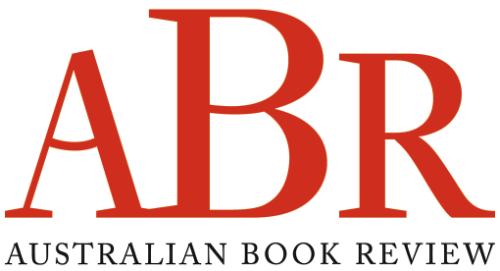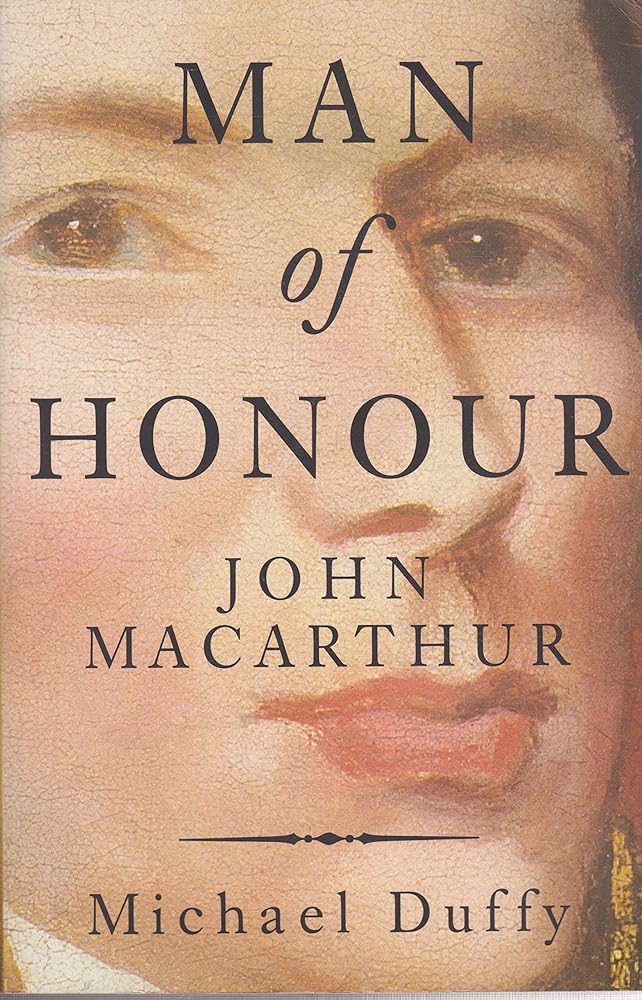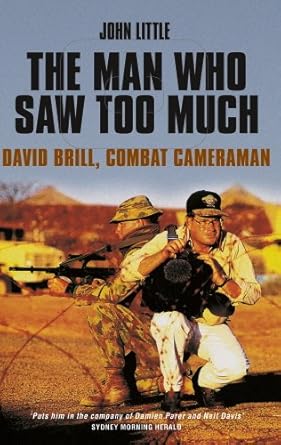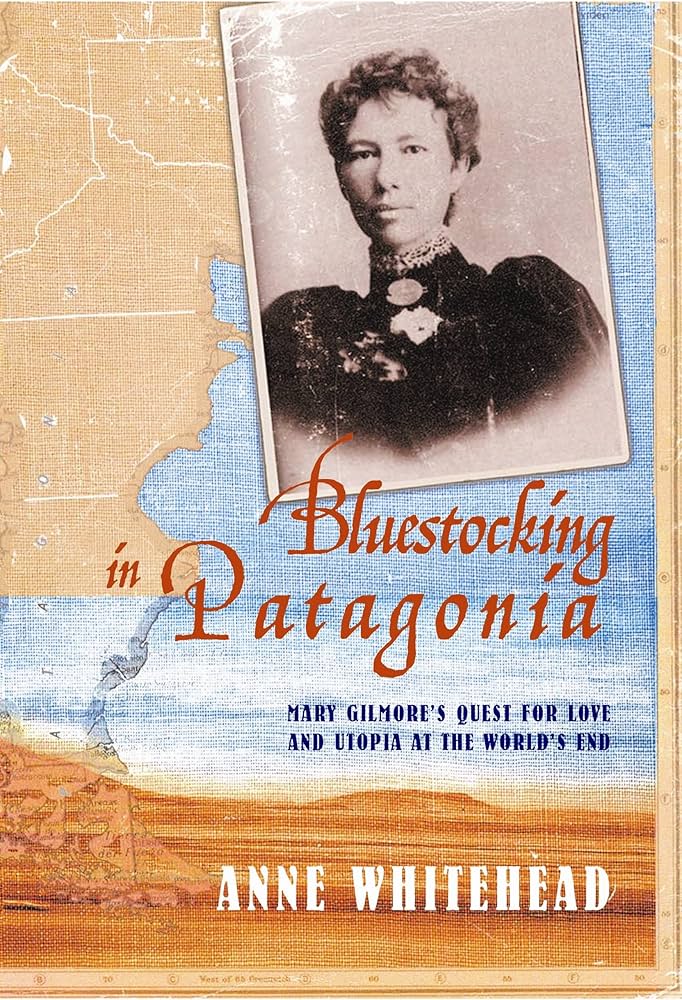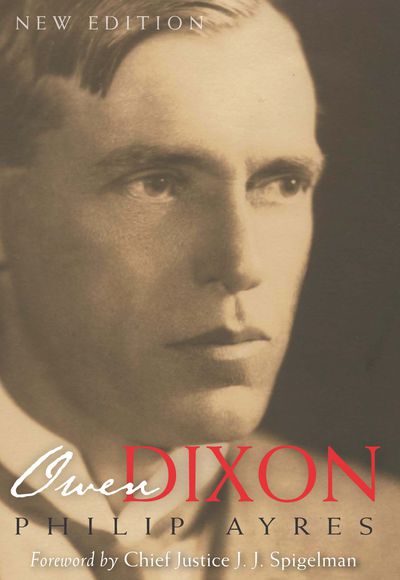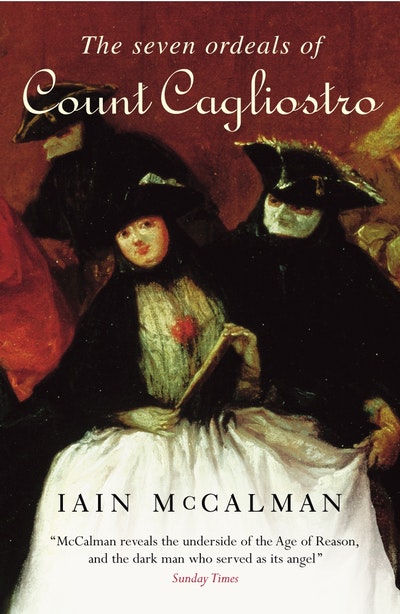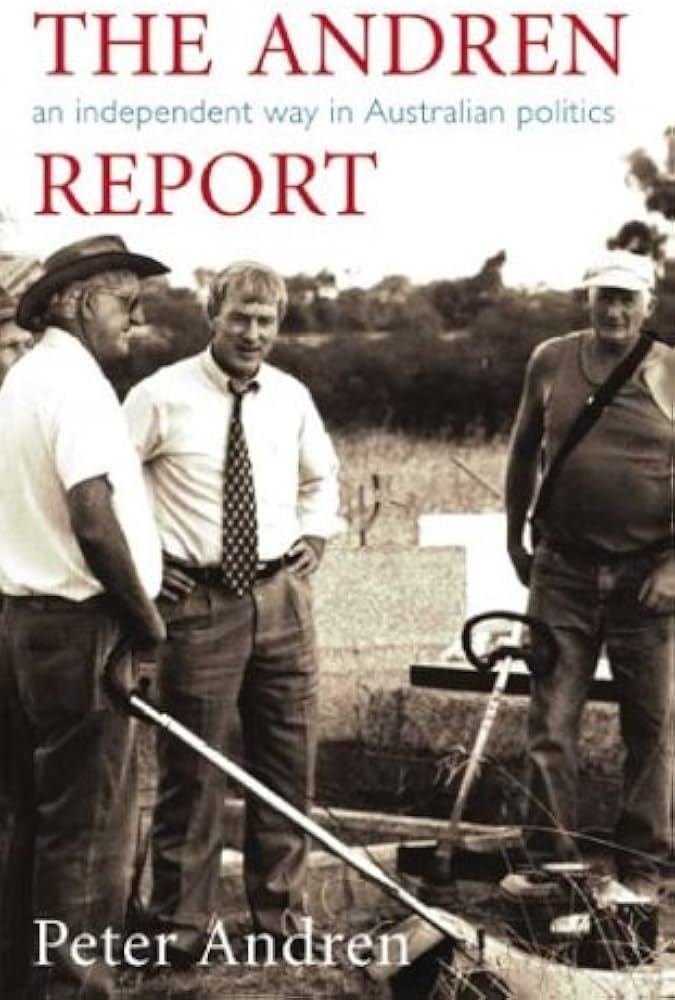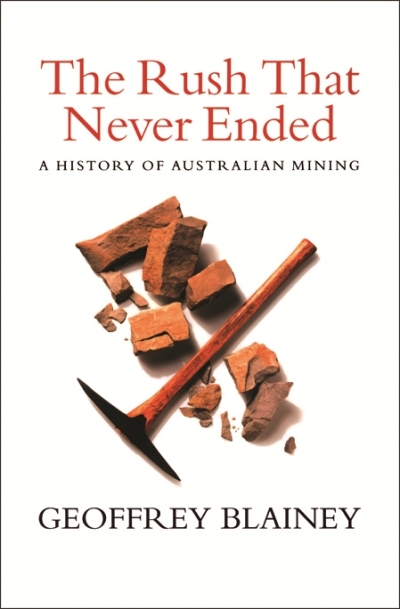Accessibility Tools
- Content scaling 100%
- Font size 100%
- Line height 100%
- Letter spacing 100%
Biography
Man of Honour: John Macarthur – duellist, rebel, Founding Father by Michael Duffy
by Alan Atkinson •
The Pope’s Battalions: Santamaria, Catholicism and The Labor Split by Ross Fitzgerald
by Heather Nash •
The Man Who Saw Too Much: David Brill, Combat Cameraman by John Little
The Seven Ordeals of Count Cagliostro: The Greatest Enchanter of the Eighteenth Century by Iain McCalman
by John Rickard •
The Andren Report by Peter Andren & A Humble Backbencher by Ken Fry
by Don Aitkin •
The Rush that Never Ended by Geoffrey Blainey & The Fuss that Never Ended edited by Deborah Gare et al.
by Frank Bongiorno •
Wings of the Kite-Hawk: A journey into the heart of Australia by Nicolas Rothwell
by Michael McGirr •
